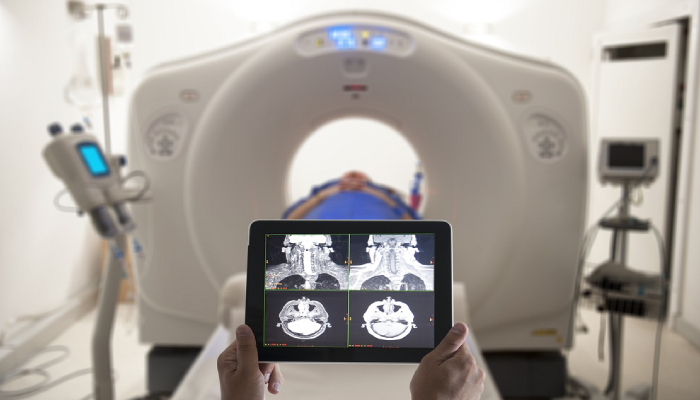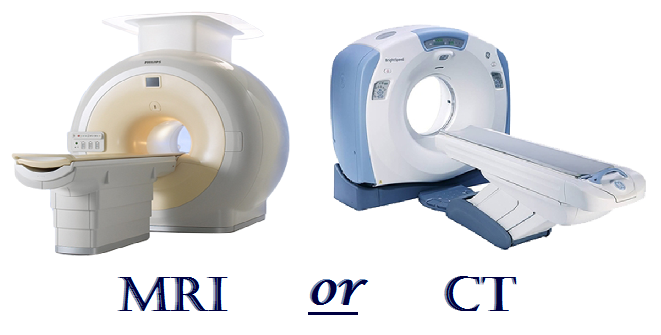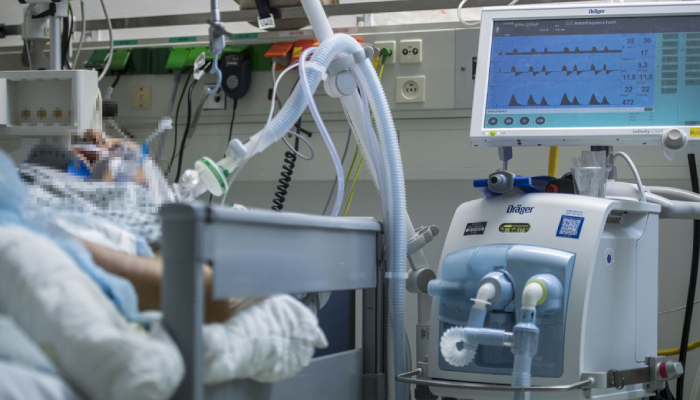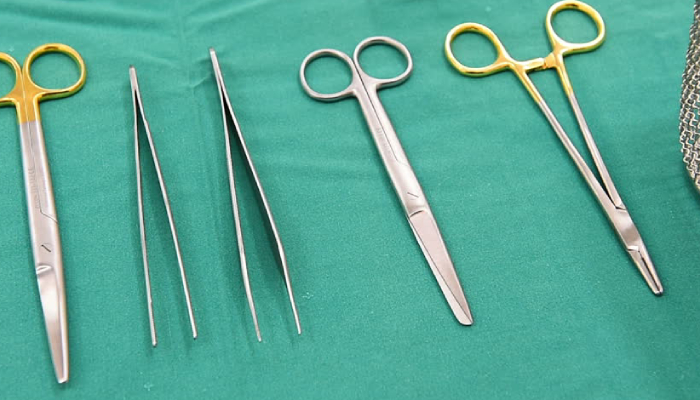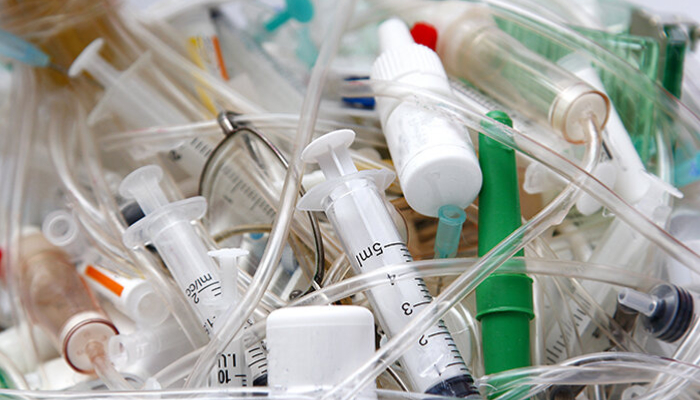Know about the PET scan

Know the difference between MRI scan and CT scan
February 24, 2020
Know about different kinds of medical equipment for doctors and nurses
February 28, 2020The full form of PET is Positron Emission Tomography. PET scan utilizes small portions of radioactive materials referred to as radiopharmaceuticals or radiotracers, a computer, and a special camera to evaluate tissue and organ functions. By determining variations at the cellular mode, PET can determine the early arrival of a disease even before other types of imaging tests show.
If you are breastfeeding or pregnant, it is important to tell your physician. The physician will say how to prepare according to the kind of exam. Share any recent medical conditions, illnesses, allergies, and medications you are consuming specifically to contrast material. The physician will analyze and tell what not to eat and drink before the scan. But you are permitted to drink water a few hours prior to the scan. Wear comfortable and loose clothing. Do not wear jewelry, leave it at home. During the exam, you may be asked to wear a gown.
Read More About : Computed Tomography Scan Or CT Scan
What is computed tomography (CT) or positron emission tomography (PET)?
Positron emission tomography is also referred to as PET scan or PET imaging. It is a popular kind of nuclear-powered medicine imaging. It involves the usage of a small level of a radioactive substance to treat, evaluate, or diagnose various diseases. It includes several kinds of neurological, endocrine or gastrointestinal disorders, heart disease, cancers, and other abnormalities. As nuclear medicine exams identify molecular movement, they can determine disease in its initial stages. PET scan can also help in finding out whether the patient is reacting to treatment. It is a noninvasive procedure. They are completely painless except during intravenous injections. These tests utilize radioactive materials known as radiotracers or radiopharmaceuticals to assist physicians to evaluate and diagnose medical conditions.
Radiotracers gather in regions of inflammation or tumors. They can also fix particular proteins in the human body. FDG or F-18 fluorodeoxyglucose is the most commonly utilized radiotracer. It is a molecule like glucose. Cancel cells remain metabolically active. It engages glucose at a fast rate. The rate of absorption can be determined by PET scans. It permits the physician to determine disease at the early stage than any other imaging tests. F-18 fluorodeoxyglucose is one of the numerous radiotracers in development or use.
How is it performed?
According to the kind of exam, the patient will be injected with a radiotracer. It can also be inhaled as a gas or swallowed. It accumulates in the part of the body during examination. An imaging device or special camera determines radioactive emissions. The device or camera shares pictures and offers molecular details.
Several centers cover nuclear medicine images using MRI or CT to develop special views. It is referred to as co-registration or image fusion. These views permit the physician to interpret and correlate data from two different tests on a single image. It results in more accurate diagnosis and precise information. MRI or PET scan is an advanced imaging technology. It is not available all over the world at this time.
What are the common uses of the MRI/CT scan?
Doctors perform CT/PET scans and PET scan to:
- Evaluate prognosis
- Determine whether cancer has reverted after treatment
- Assess the treatment effectiveness
- Determine whether it has spread and where it has spread
- Make a diagnosis or detect cancer
- Determine the consequences of heart attack or myocardial infarction on parts of the heart
- Assess tissue viability and metabolism
- Map normal heart function and human brain
- Determine brain abnormalities like memory disorders, tumors, various central nervous system disorders and seizures
- Determine parts of the patient’s heart muscle that benefit from coronary artery bypass surgery or angioplasty (in mixture with the myocardial perfusion scan)
How to prepare for the CT/PET scan?
The patient will be asked to wear a gown or permitted to wear their clothing during the exam. It is always necessary to discuss with your physician if you are pregnant, breastfeeding, or planning for pregnancy. Tell the technologist and doctors performing the exam about the medications you are consuming including herbal supplements and vitamins. List recent illnesses, allergies, and various medical conditions.
The patient will obtain clear instructions according to the type of PET scan. In the same way, diabetic patients would be given clear and special instructions before the exam. If the patient has any doubts, they can ask and clarify it while preparing themselves for the exam.
If in case the patient is breastfeeding, the patient should ask the doctor or radiologist how to proceed. They may suggest to pump breast milk before the exam and keep it for usage until the CT contrast material or PET radiotracer is removed from the body. Ensure to leave metal objects such as hairpins, dentures, eyeglasses, and jewelry at home since they have chances to affect the CT output. It is necessary to remove removable dental work and hearing aids. Your physician will check for illnesses you may have and see whether it has any risk chances.

